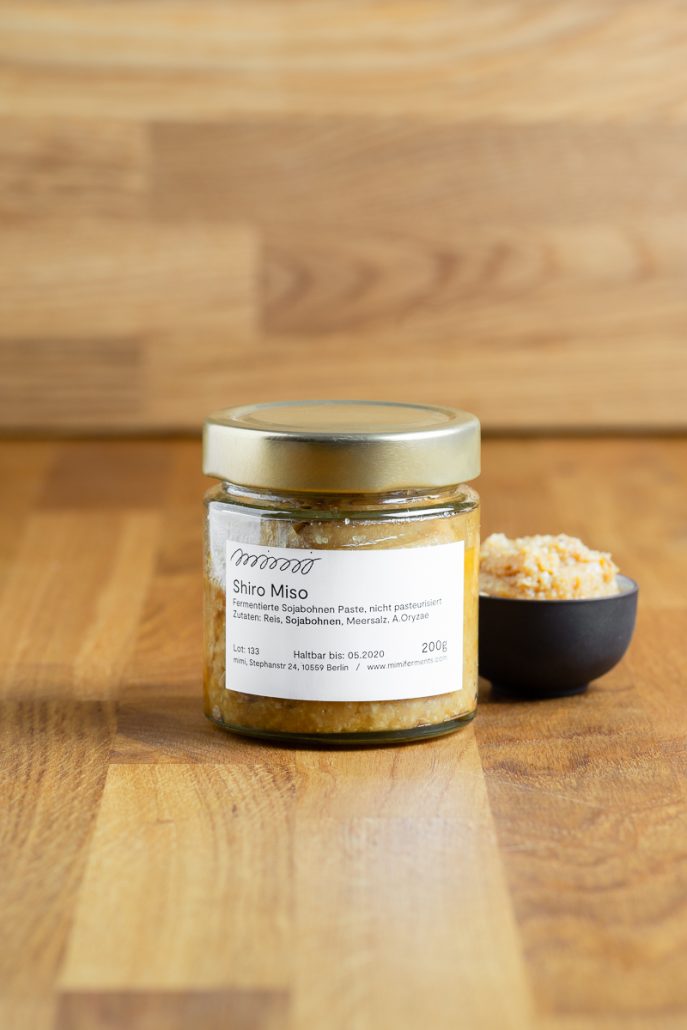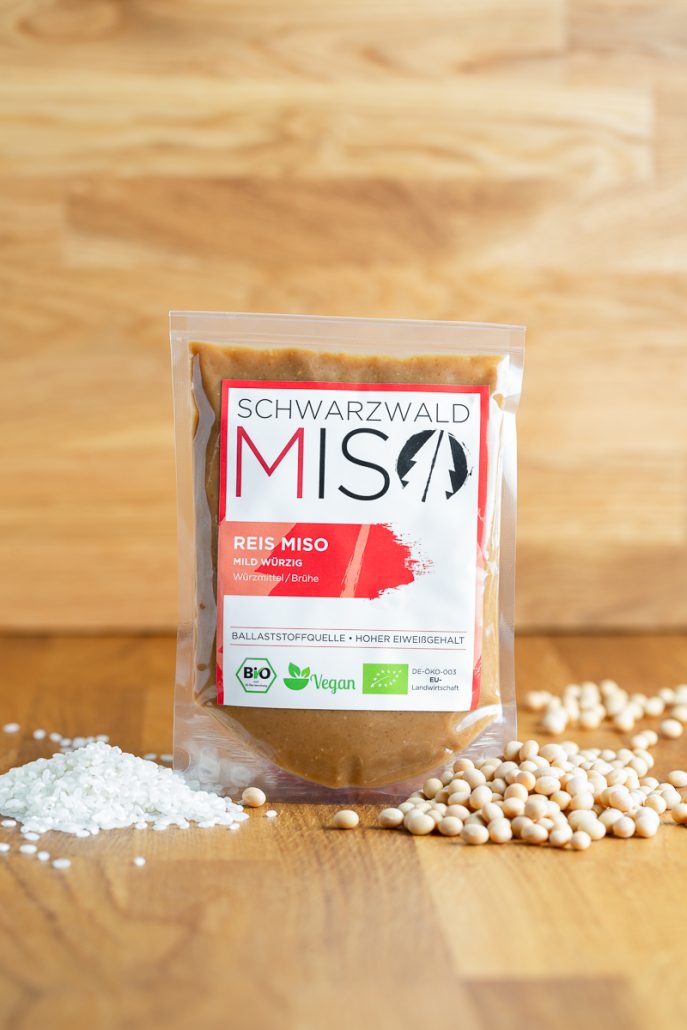Miso
The secret of Japanese cuisine
If you have never tried miso paste, you should definitely do so as soon as possible, because the spicy paste provides an extraordinary flavour explosion. It adds a wonderful umami flavour to your cooking that you won’t want to miss out on anymore once tried, because it doesn’t just add spice to the soup of the same name. Here you can find out what to look out for when cooking with miso and how to keep track of more than 1,000 different varieties.
What is miso and where does the intense flavour come from?
Miso is a seasoning paste that probably originated in China or Korea, but is now particularly popular in Japanese cuisine. The paste is typically made from soybeans, grain and salt. However, the exact composition of the ingredients varies greatly. For example, wheat or rice can be chosen as the grain. However, there are also miso pastes that are made with barley or that do not contain any grain at all.
For traditional production, steamed soybeans are fermented with steamed grain. This process takes place in wooden barrels weighted down with stones. The effect of koji moulds is used for fermentation. The duration of fermentation varies from a few weeks to several years, which of course has an enormous influence on the taste of the paste. The longer the fermentation process takes, the more complex the flavour that develops.
Nowadays, the basic ingredients haven’t really changed, but fermentation in traditional wooden barrels is rare as the whole trade has become industrialised with increasing demand.
White, yellow or red, what’s the difference?
The most common subdivision of miso is as follows:
- “Shiromiso” – White Miso
- “Shinshumiso” – Yellow Miso
- “Akamiso” – Red Miso
Shiromiso has a very light colour. In terms of taste, it is the mildest, as it usually has the shortest fermentation process. Its salt content is also somewhat lower than most other varieties. Shinshumiso is also rather mild, yet fermented a little longer than the white miso paste. Its colour varies between yellow and light brown tones. Akamiso is by far the most intense and complex of the three. Not only is it saltier, but it is typically fermented for much longer. Its colouring ranges from reddish to dark brown.
You can find outstanding and diverse varieties for example from the Berlin label Mimi Ferments. Its creator Markus Shimizu was born in Tokyo, where he spent the first eight years of his life. He has a passion for fermented foods like miso and soy sauce and now produces and sells them directly in Berlin (or in the ConFusion online shop). The organic pastes from Schwarzwald Miso should also not be forgotten. The rice or soy miso paste is produced in the Black Forest with organic farming. It has a high protein content and is vegan. It matures slowly over the seasons on a plateau on the edge of the Black Forest. – Why not try a regional version of the Japanese seasoning paste?
Soup, soup, soup!
Besides the famous miso soup, you can also use the paste for dressings or marinades. Nevertheless, miso soup is probably the queen of soups. If you want to make your own miso soup at home, pay attention now: The main flavouring agent of the soup is dashi broth. A little miso is gradually stirred into the broth to give the dish its distinctive flavour. You can serve tofu, wakame and spring onion as soup garnish. If you would like to learn more about how to make the perfect miso soup and also learn how to make your own sushi, sign up for our Sushi Tokyo Style cooking class.
Shop
Soy sauce & ponzu
Soy sauce & ponzu
Soy sauce & ponzu











